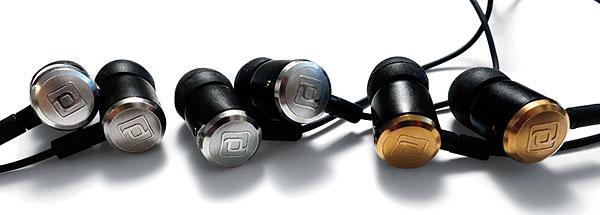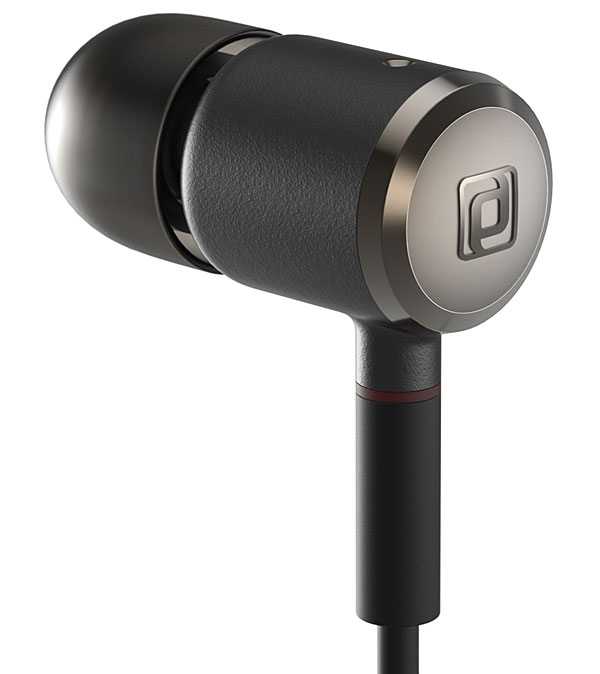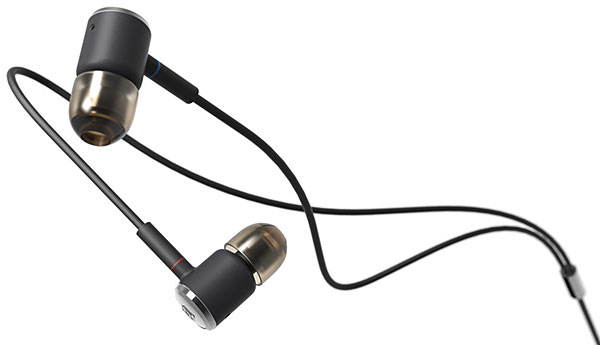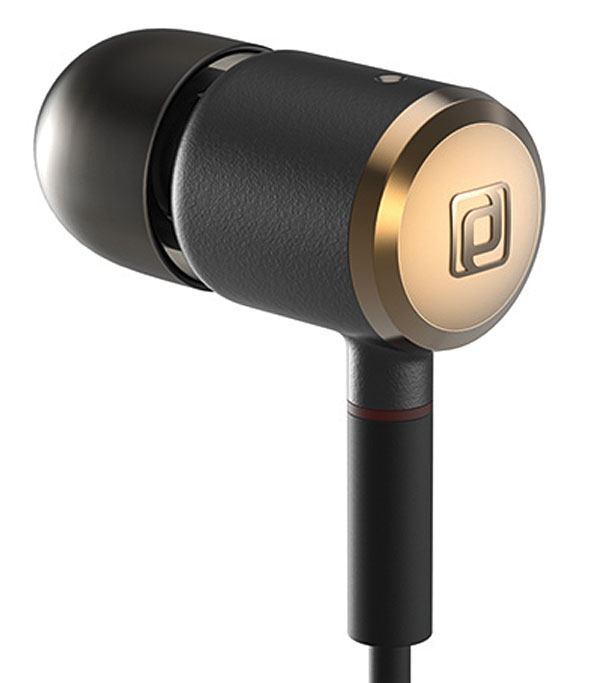Periodic Audio Mg, Ti, and Be In-Ear Headphones

AT A GLANCE
Plus
Clear sound, great bass
Five-year warranty
Now made in the U.S.
Minus
Tangle-prone cable
No phone controls
THE VERDICT
Periodic Audio’s three in-ear headphones—the Mg, Ti, and Be—may only differ in the driver material but sound more different than you might expect.
Periodic Audio is a brand-new company that launched with just three in-ear headphones, the Mg (Magnesium), the Ti (Titanium), and the Be (Beryllium), for $99, $199, and $299, respectively. The three headphones look nearly the same, differing only in the color of the earpiece end caps. The Mg and Ti are similar shades of silver, while the Be is gold. The three models’ 10mm drivers are all mechanically exactly the same but differ in their diaphragm materials—magnesium, titanium, and beryllium—so it made sense to look at all three models as a group.
Periodic Audio distinguishes itself from the pack of startup headphone makers because founder Dan Wiggins has a long history of designing microphones, headphones, and speakers. He’s worked with Apple, Blue, Polk, Sonos, Infinity, and many more, but he was itching to strike out on his own with a line of in-ear headphones.

Warranty coverage for most inear headphones is one year, with a few extending to two years, but Periodic’s runs five years! That’s good, because build quality for the Mg, Ti, and Be is nothing special. In fact, they all look and feel like $99 headphones.
Close inspection of the polycarbonate earpieces reveals they have two tiny bass ports, one on the top of the barrel and one just above the nozzle facing the ear. Together, the ports reduce the pressure load on the driver when it’s sealed in your ear canal. It’s not so easy to tell the left-channel earpiece from the right, but the right one has a red-tinted grille on the earpiece nozzle, while the left’s is black. You’ll need to look closely, though, because when the grilles are partially blocked by the eartips, they’re nearly impossible to see in poor light.

I used my iPhone 6S for all of my listening tests. At first, the Ti was the clearest, with the Mg not far behind. Both were low in distortion, with spacious soundstages, so I felt like I could hear into densely mixed recordings with ease. There was a bit more texture, more growl on electric bass with the Ti, while the Mg softened and blurred the notes. Cymbals sparkled more with the Ti, and the Mg’s treble was a tad darker.
I can’t think of any other in-ear headphones with beryllium drivers, but if you crave that exotic metal on a full-size headphone, check out the spectacular $4,000 Focal Utopia (review in our July/August 2017 issue and at soundandvision.com). Incredibly enough, the Periodic Be features beryllium drivers for just $299, so by that measure the Be is a bargain. I found its sound more refined and transparent than the other two Periodics, and Roger Waters’ bass on Pink Floyd’s “Welcome to the Machine” was clearer. The Be is the sweetest sounding and least fatiguing of the three models; however, the Mg is the easiest to drive, so it played louder at the same volume setting on my iPhone than the other two models.

Depending on recording quality, the sound differences between the three models can be fairly subtle, so I’m most enthusiastic about the Mg—they’re a nice set of $99 ’phones. The Ti and Be are better, but if you’re not a hard-core audiophile, those two headphones may not be enough better to justify the differences in price. The Be won on clarity when I listened in my apartment. Isolation from external noise was only average, though, so on the NYC subway the differences between the three headphones were drowned out by the din.
Periodic Audio is moving their headphone production from China to the U.S. More headphone models are coming, and a high-performance portable headphone amplifier, the Nickel, will be available by the time you read this.



























































